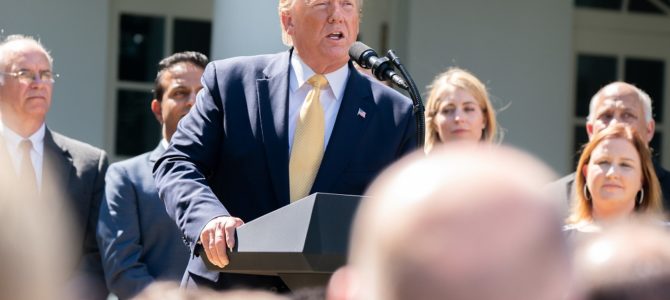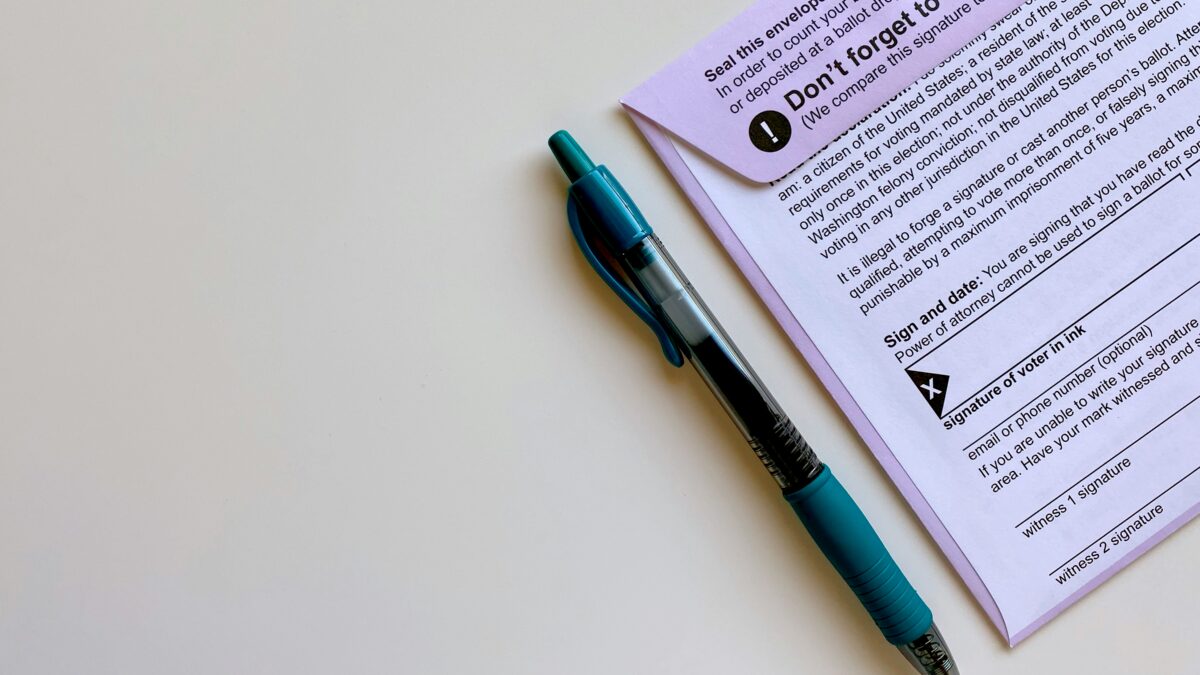
President Trump is a fighter, but his middle managers often aren’t, and this needs to change. Bloomberg News is reporting that Leif Olson, a Department of Labor (DOL) official, resigned Tuesday. Apparently this news organization contacted DOL 18 days ago with screenshots of 2016 Facebook posts by Leif that the organization characterizes as “anti-Semitic.”
The posts, shown below, are obviously ironic, and already numerous individuals, including those of Jewish ethnicity, are coming to Olson’s defense. In fact, as of writing this, Mark Joseph Stern of Slate (a repeat player in the “offense archaeology” game) has conceded the posts are not anti-Semitic and an NBC reporter has suggested that DOL hire Olson back.

If the president directs the acting Labor secretary to hire back Olson, this will create a bigger problem than it solves, because it will demonstrate that the #FakeNews media is firmly in control of firing and re-hiring in the Trump administration. Trump needs to fight back.
Olson isn’t the first Trump official attacked by the media, and he won’t be the last. Trump needs to set the tone and set standard policy for his own White House and Cabinet agencies with dealing the media, and he needs to take back control of management over political appointees.
Specifically, he needs to seed the ground by creating a presumption that any attack on his administration’s personnel is false. We have seen the media’s false attacks on judicial nominees Thomas Farr and Ryan Bounds. We have seen White House speech writer Darren Beattie ousted by CNN. We have judicial nominee Steven Menashi (who is Jewish), unfairly attacked by Rachel Maddow as some sort of racist.
It isn’t even worth discussing the merits of any particular case, because they happen so often. This is obviously a managerial crisis that demands attention by our chief executive, the president. What can the president do?
While under Article II of the Constitution, the president is the chief executive, this doesn’t mean that he has complete freedom to hire or fire individuals. Large parts of the federal bureaucracy are covered by different civil service laws that limit the president’s ability to manage his own workforce. But for “noncareer” or “political” appointees, the president can manage. And he can lean on his cabinet secretaries.
Already, every noncareer appointment at an agency must go through the White House Presidential Personnel Office (PPO). This process is not policed by courts. Rather, cabinet secretaries agree to do this, and at the end of the day they don’t have to listen to PPO—but if they hire or fire someone contrary to the president’s wishes, they obviously run the risk of being fired themselves.
So what can the president do? Here are some thoughts.
Develop materials in the White House for an initiative to protect political appointees from #FakeNews attacks. This could mean developing a way to escalate these sorts of attacks to White House attention before a decision is made, or a presentation by the chief of staff at a cabinet meeting. It could even mean some presidential directive. Whatever the case, the culture needs to change so that embarrassing and counterproductive personnel changes are prevented.
Firing Olson (ahem, Olson “resigning”) might help DOL in the interim, but it hurts the president’s agenda in the long run, by setting a bad example. Finding good, loyal political appointees is difficult, and cutting their heads off for the short-term benefit of a weak-willed secretary or acting secretary is bad practice. This needs to be communicated clearly from the very top, and it needs to be institutionalized.
Shake up the Presidential Personnel Office. This office is responsible for vetting new appointees. PPO should have known about Olson’s 2016 Facebook posts, and known that they weren’t a problem. DOL firing Olson does demonstrate that PPO is weak, because DOL is firing someone that PPO approved over something PPO knew about.
PPO could be strengthened with new management, additional personnel, and even new responsibilities (such as some role in the firing process, to ensure no weakness by agency heads, and to keep a record to avoid bad re-hires). This shake-up should occur prior to the 2020 election to be ready to deal with the flood of new personnel if the president wins reelection.
Following the 1972 election, Richard Nixon initiated a major shake-up throughout the federal government, firing disloyalists and promoting loyal, effective political civil servants. The Trump PPO should be engaged in this sort of audit in the lead-up to 2020 as well.
The firing of Olson was a bad thing. He should get his job back. But he shouldn’t get his job back simply because NBC has decided his social media posts are fine. Whether or not his social media posts were anti-Semitic (and again, they were obviously not), there is great opportunity for the Trump administration to improve its managerial processes.
Secretaries and middle management need to know that the president has their back, perhaps even has set policies, so that when an angry journalist picks up the phone and tries to get someone fired, the Trump official on the other end of the line will be empowered to just hang up.








